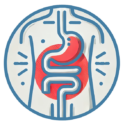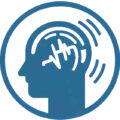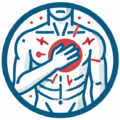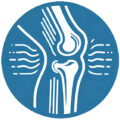The symptoms of invasive candidiasis can vary. Read on to learn about how invasive candidiasis can affect you.

INVASIVE CANDIDIASIS SYMPTOMS
As mentioned previously, invasive candidiasis typically occurs in people who are already sick. Some of the symptoms may already be present because of the underlying illness. Here are some potential symptoms that can occur with invasive candidiasis:

Belly pain

Chills*

Fever*

Low blood pressure*

Muscle aches

Skin rash

Weakness/fatigue
*Especially when these conditions don’t improve after antibiotic treatment for a suspected bacterial infection.
If the eye is affected, symptoms may include:

Blurriness

Sensitivity to light

Vision change
If the brain is affected, symptoms may include:

Confusion

Headaches

Memory loss
If the heart is involved, symptoms may include:

Chest pain

Abnormal heartbeat
If joints or bones are involved (rare), symptoms may include:

Bone pain

Abscess or swelling/drainage over a bone
A special case of invasive candidiasis is chronic hepatosplenic candidiasis. This typically affects the liver, spleen, and sometimes other organs. Occurring most commonly in patients with acute leukemia who have received chemotherapy, chronic disseminated candidiasis is characterized by small abscesses on the liver and spleen that are seen by imaging as well as abnormal liver function tests.

